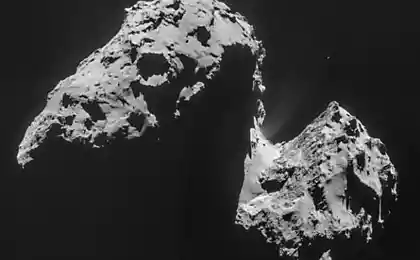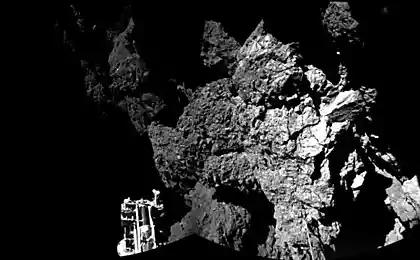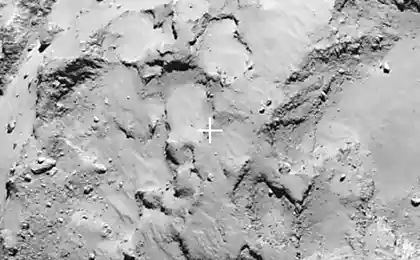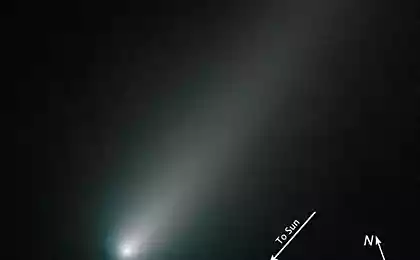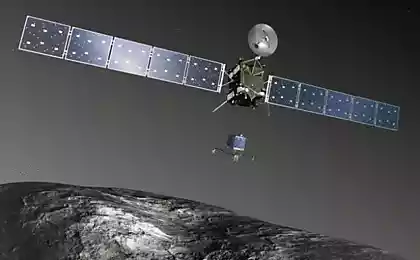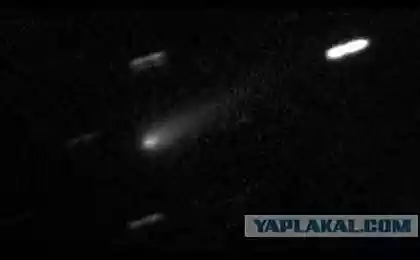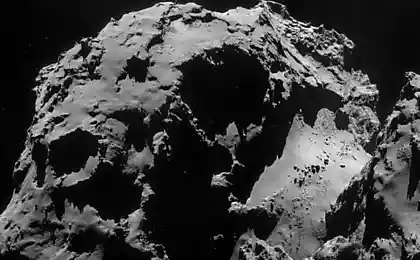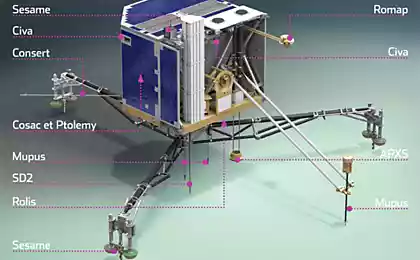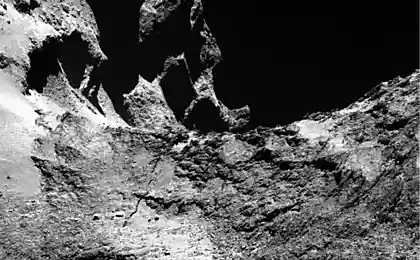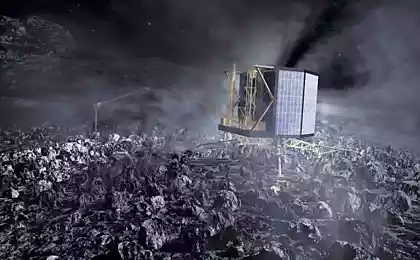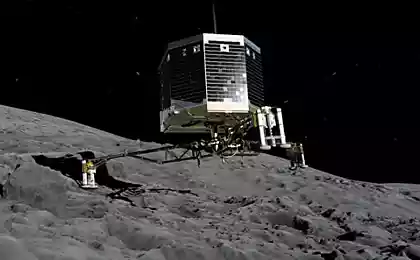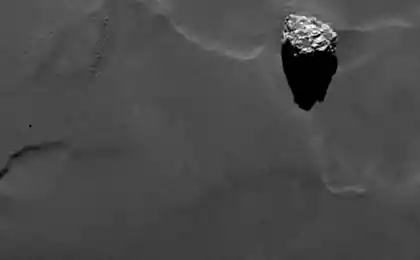1184
ESA posted a sound probe Philae landing on the comet Churyumov-Gerasimenko

Sensors in the supports of the probe Philae recorded sound probe landing on a comet , at the first touch of the device surface of the nucleus of the comet. Sensors in question, is a component of the instrument SESAME-CASSE, which was included on landing probe. Needless to say, the sound of a vacuum does not apply, sensors converted into sound mechanical vibrations caused supports Philae in contact with a comet.
This - the original sound file recording of mechanical vibrations at audio frequencies that no one handles. SESAME - an abbreviation of Surface Electrical Sounding and Acoustic Monitoring Experiment, this tool includes the following elements:
- CASSE (Comet Acoustic Surface Sounding Experiment), analyzing the mechanical properties of the surface of the comet, together with details of the parameters Dumb subsurface;
- DIM (Dust Impact Monitor) studies the interaction parameters with the smallest particles of matter of a comet, and the properties of these particles;
- PP - (Permittivity Probe) allows one to study key electrical properties of the core material of the comet. as a result we can judge what constitutes the surface of the comet and that represent near-surface layers.
As for the sound of contact with the surface of the comet, these data will help scientists figure out what in the collision point is, the dust layer several centimeters thick, and under it - hard surface (likely dust-ice agglomerate).
Now experts engaged in the reconstruction of the path of the probe after the first contact with the nucleus of the comet, The study uses data from many instruments of the probe. For the reconstruction of the scientists need to know the speed, angle of approach and the rotational speed of the machine before the first rendezvous. Also, scientists hope to find out where is the Philae now (as previously defined only region likely current location).
Source: geektimes.ru/post/241768/
